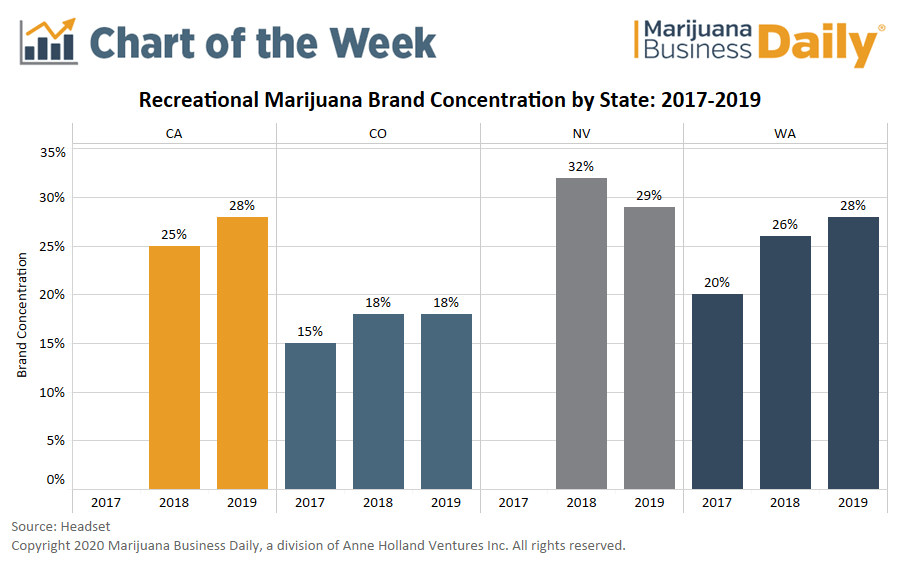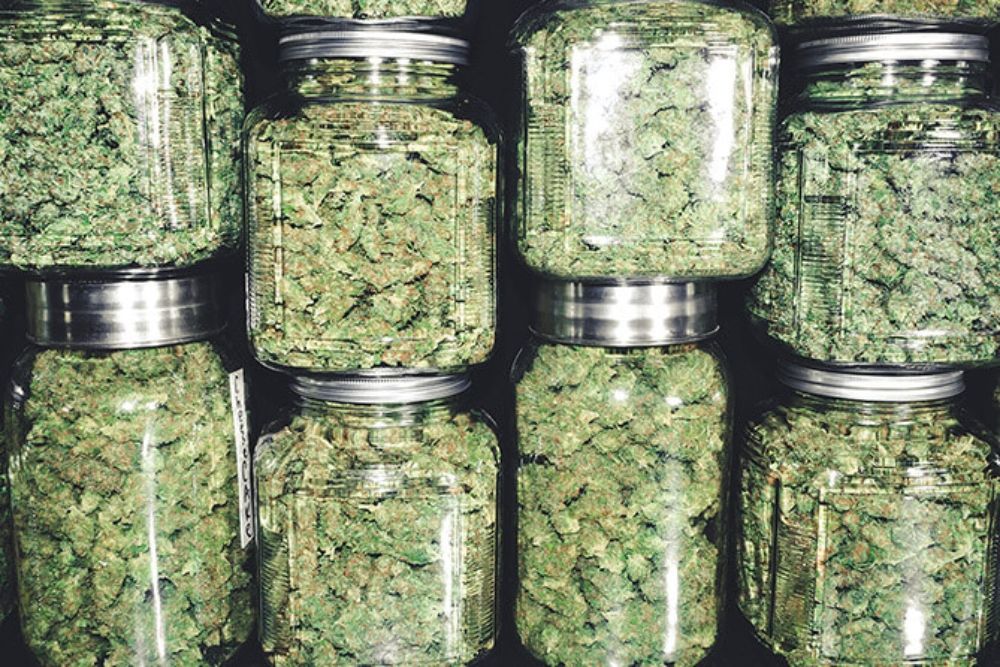 (Editor’s note: This story is part of a recurring series of commentaries from professionals connected to the cannabis industry. Larisa Bolivar is founder and CEO of the Colorado-based Bolivar Hemp Co. as well as founder and principal of Bolivar Consulting.)
(Editor’s note: This story is part of a recurring series of commentaries from professionals connected to the cannabis industry. Larisa Bolivar is founder and CEO of the Colorado-based Bolivar Hemp Co. as well as founder and principal of Bolivar Consulting.)
Branding in cannabis is infinitely more complicated than any other industry.
Cannabis consumers encompass a huge demographic spectrum. The types of products vary so much they overlap multiple industries and markets.
Add to that the ancillary marketplace in cannabis that reaches out to both businesses and consumers.
Branding is further complicated by regulations that make it tough to reach audiences using traditional methods as well as restrictions on characters and other types of branding that may appeal to children.
Marketing mediums are also restricted to audiences 21 and older.
With all of these considerations, a little bit of branding advice can go a very long way.
Here is a list of do’s and don’ts when it comes to cannabis branding:
- Don’t be perfunctory. Relying on an outsourced marketing website to create your logo without any direction can result in a very bland and generic logo that falls flat on audiences, or worse, confuses them. Too often, people rely on others to tell their story without putting much thought into it, and the brand then fails to connect with consumers.
- Do be memorable. Take the time to create a brand that people will remember. Look at other brands that you admire and the story behind the imaging and connection to the company name.
- Don’t be cheesy. Skip the cliches or branding that’s too campy. Don’t be the company with a cringe-worthy brand that is evocative of the stoner subculture perpetuating the stigma of cannabis making people dumb.
- Do be creative. If you want to pay homage to a certain cannabis genre, try creating a product line within your brand that caters to a cultural niche – as opposed to pigeonholing your brand. Or, look into brand ambassadors to tell your story in a way that educates the public about the cannabis culture. There are many ways to honor the culture and have your brand taken seriously.
- Don’t insult cannabis consumers. In the same vein as the aforementioned advice on not being cheesy, definitely do not ever degrade the image of cannabis consumers or the counterculture image, the latter having been the driving force of legalization. This has caused issues for some businesses and major backlash from cannabis consumers. This is a very serious genre that spends a lot of money on cannabis – and it’s your first line of defense. Loyalty must be earned to attract business from the illicit market. You want champions for your brand in these uncertain times and unstable, restricted marketplace.
- Do appeal to the broad spectrum of cannabis-consumer personalities. This might seem really challenging, since marketing is personality-based and cannabis consumers run the gamut. But once you narrow down the reasons people consume cannabis, you will see commonalities between the broad spectrum of consumers.
- Don’t ever use cartoonlike images. This is a big no-no in cannabis marketing and is strictly prohibited in most states. Branding absolutely cannot be appealing to children. The audience should always be geared toward 21-year-olds and older, even for medical. The latter is a serious endeavor, anyhow, and should never include cartoonish branding if any respect is to be earned for the substantial relief cannabis provides.
- Do use mature content. According to Seattle-based cannabis research company Headset, the average age of a cannabis consumer is 37.5. Besides restrictions on images that appeal to children, using a cartoonish image misses the majority of cannabis consumers.
- Don’t be too complicated. This is more for keeping the budget in check than anything. Too many colors and large, complicated designs waste money and space. The brain can process images in as little as 13 milliseconds. It also takes 5-15 seconds to make a first impression. Make your brand meaningful and easy to remember in a very short amount of time.
- Do be provocative. Starbucks is great at being provocative. Why is there a mermaid in the logo? It’s because it tells a story. In this case, mermaids honor fishermen in Seattle. This goes back to brand recall. Wrap your story into a logo and provoke people to learn more and ask questions to learn the brand’s story. The story can be wrapped into marketing material. Soon, the connection to a brand becomes emotional and instantly recalled. Most people can’t think coffee without Starbucks – or Starbucks without thinking of Seattle.
Branding is a key component to your business and should be deliberate and intentional. Most startup businesses commit 20%-30% of their annual budget for branding and marketing.
Such a substantial percentage of the budget should be used wisely to ensure ROI by creating brand loyalty.
Know that the basic do’s and don’ts are helpful to businesses trying to avoid common pitfalls while utilizing the power of emotional branding and storytelling to connect with customers and build brand loyalty.
Larisa Bolivar is founder and CEO of the Colorado-based Bolivar Hemp Co. as well as founder and principal of Bolivar Consulting. She can be reached at larisabolivar@gmail.com.
The previous installment of this series is available here.
To be considered for publication as a guest columnist, please submit your request here by filling out our form.







